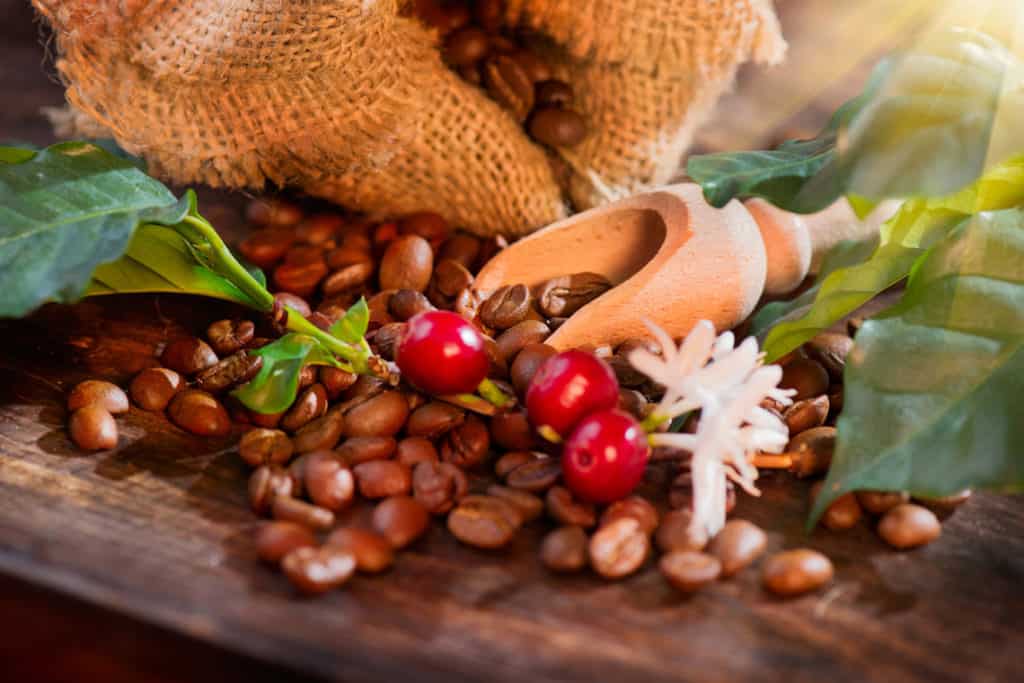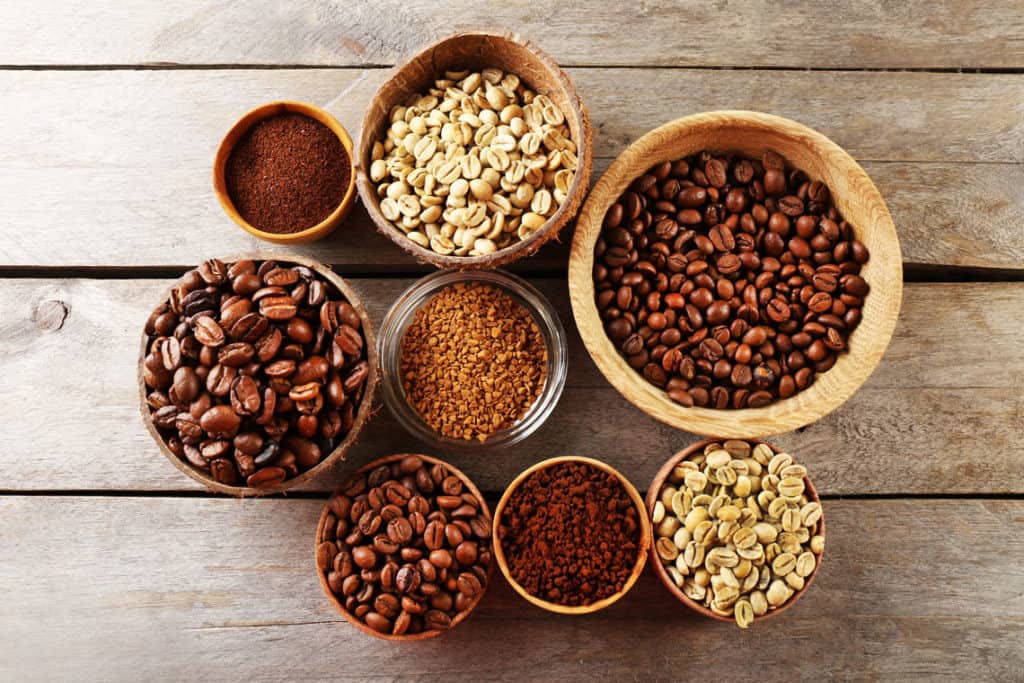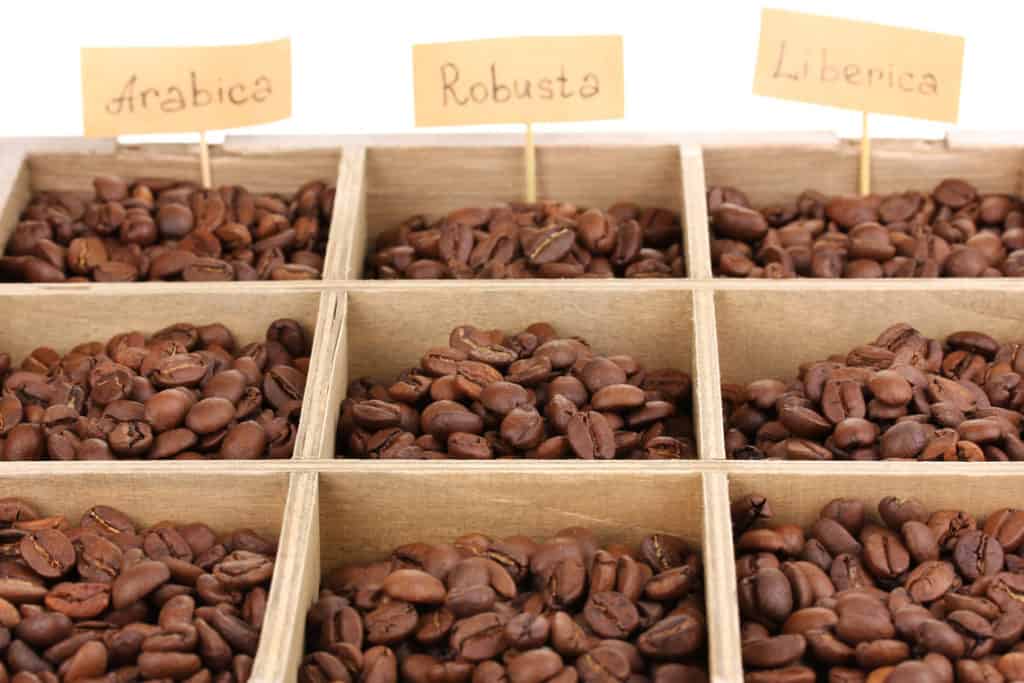Coffee is a brewed beverage made from the seeds of the coffee plant. The seeds (known as coffee beans) are harvested, processed, and then roasted to produce coffee’s distinctive flavor and aroma.
Coffee is more than just a drink – it’s a cultural phenomenon. Whether you’re a daily coffee drinker or someone who only sips on it occasionally, it’s hard to deny the impact that coffee has had on our daily lives. But where did this beloved beverage come from, and why is it so popular? Let’s take a closer look.
Origins of Coffee
The story of coffee begins in the ancient Kingdom of Ethiopia, where legend has it that a goatherd named Kaldi discovered the effects of coffee beans after he noticed that his goats were unusually active and full of energy after eating the bright red berries.
The earliest known record of coffee being consumed as a beverage dates back to Yemen in the Arabian Peninsula in the middle of the 15th century. It was in Sufi shrines where coffee seeds were first roasted and brewed, similarly to how it is now prepared for drinking.
The Yemenis acquired the coffee beans from the highlands of Ethiopia, with the help of Somali intermediaries, and began cultivation. By the 1500s, the drink had reached the rest of the Middle East and North Africa, later spreading to Europe.
Today, coffee is one of the most popular beverages in the world and continues to be enjoyed by millions of people every day. Coffee’s rich history has shaped its evolution into the beverage we know today – from its humble beginnings as a medicinal drink to its current status as an integral part of global culture.
Why is Coffee So Popular?
There are a few reasons why coffee has become a staple in our daily lives. For starters, coffee is a natural source of caffeine, a stimulant substance that can help increase alertness and focus.
It’s also a social drink – something about sharing a cup of coffee with friends or colleagues brings people together. And let’s not forget the delicious taste and aroma of freshly brewed coffee.
How Coffee is Produced
Coffee begins as a small, green berry that grows on the branches of a coffee plant. When the berries are ripe, they are picked and processed to remove the outer layer, leaving behind the coffee beans.
The beans are then roasted to bring out their natural flavors and aromas and later ground into a fine powder that can be used to make coffee.
All commercially grown coffee comes from the Coffee Belt, located in the equatorial regions of the Americas, Southeast Asia, the Indian subcontinent, and Africa. The coffee tree grows best when it has rich soil, consistent rain, mild temperatures and is protected from direct exposure to the sun by shading.
Advantages and Disadvantages of Coffee
Like any food or beverage, coffee has its pros and cons. On the plus side, coffee can provide a quick energy boost and improve mental alertness. It’s also a good source of antioxidants, which can help protect against damage from free radicals. On the downside, coffee can also cause some people jitters, anxiety, and a fast heartbeat. It’s also acidic, which can be a problem for people with sensitive stomachs.
What is the correct way to drink coffee?
Whether you prefer your coffee black, with cream and sugar, or flavored with syrups, there’s a coffee out there for everyone.
Last Updated on May 28, 2023 by Cristina Vélez




